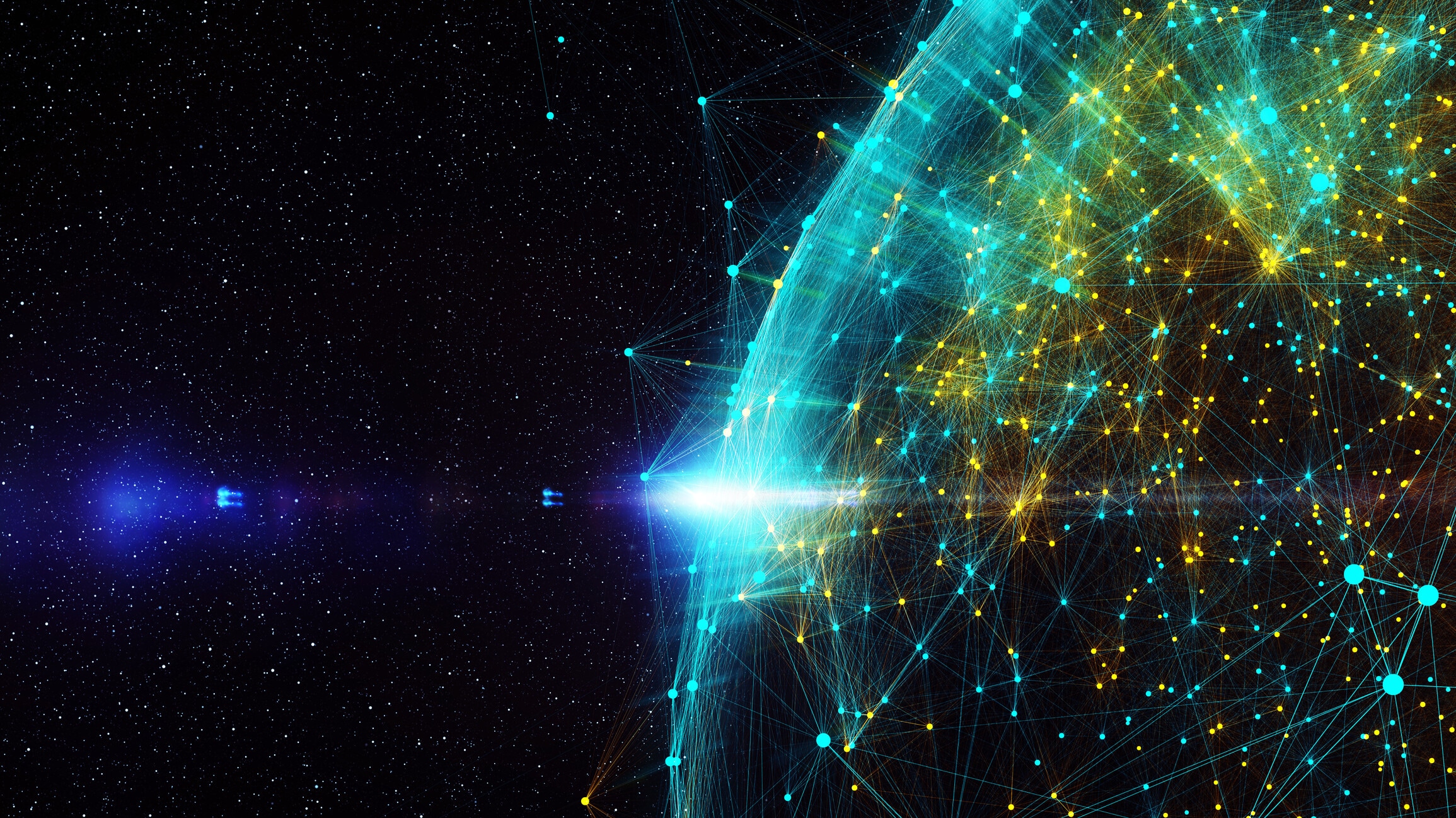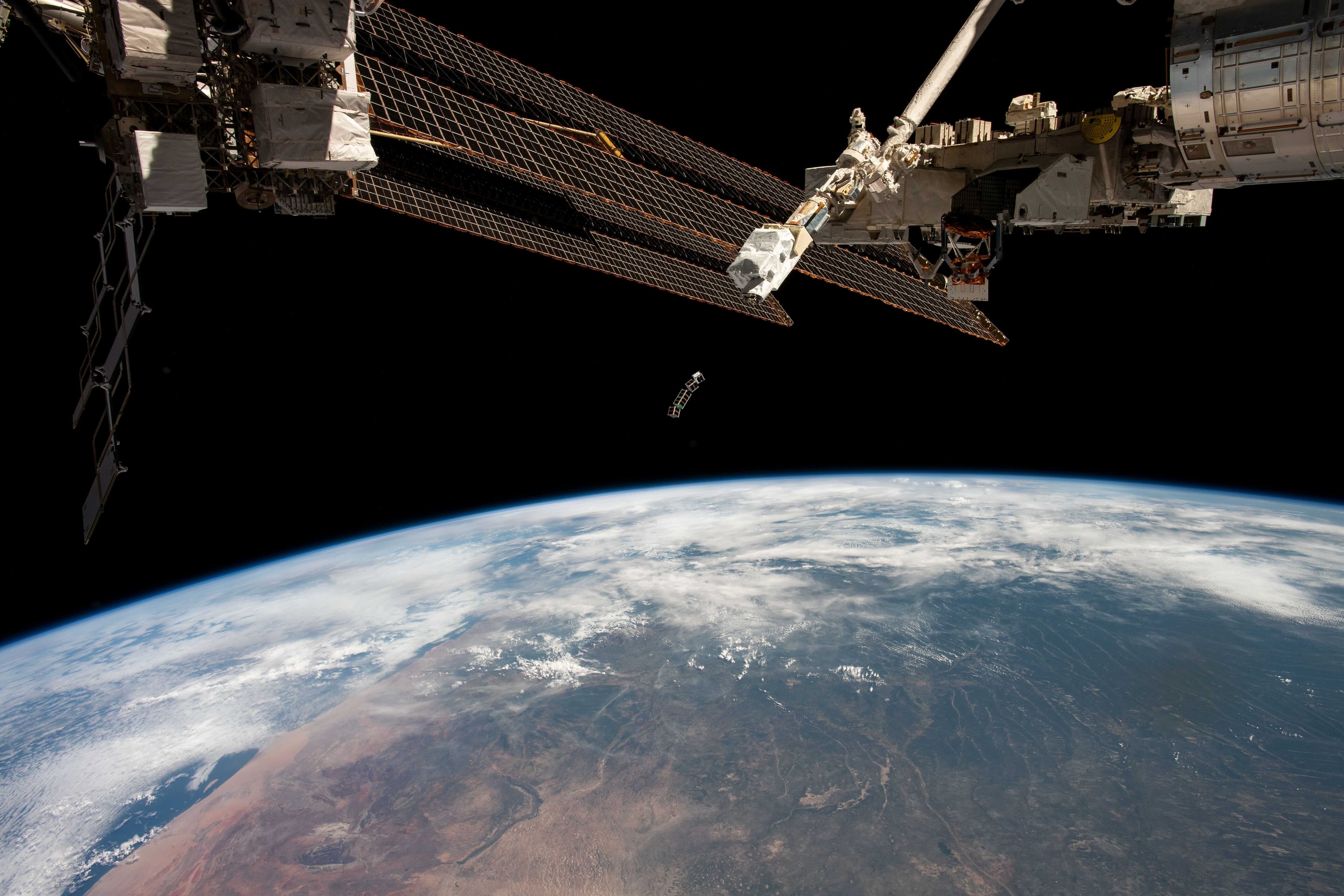This sea creature could help us regenerate damaged heart tissue

Human muscle regeneration might be possible, according to Mark Martindale.
Image: REUTERS/ Nir Elias
Stay up to date:
Global Health
When scientists decided to trace the evolutionary origin of muscle cells, like the ones that form our hearts, they looked in an unlikely place: the genes of animals without hearts or muscles.
Researchers found genes known to form hearts cells in humans and other animals in the gut of a muscle-less and heartless sea anemone—a sea creature that has superpower-like abilities: Cut it into many pieces and each piece will regenerate into a new animal.
So why can the sea anemone regenerate and we can’t? An analysis of the function of its “heart genes” shows a difference in the way they interact with one another, which may help explain its ability to regenerate, says Mark Martindale, a biology professor at the University of Florida and director of the Whitney Lab for Marine Bioscience in St. Augustine.
Published in the Proceedings of the National Academy of Sciences, the findings point to potential for tweaking communication between human genes and advancing our ability to treat heart conditions and stimulate regenerative healing.
“Our study shows that if we learn more about the logic of how genes that give rise to heart cells talk to each other, muscle regeneration in humans might be possible,” Martindale says.

These heart genes generate what engineers calls lockdown loops in vertebrates and flies, which means that once the genes are turned on, they tell each other to stay on in an animal’s cells for its entire lifetime. In other words, animals with a lockdown on their genes cannot grow new heart parts or use those cells for other functions.
“This ensures that heart cells always stay heart cells and cannot become any other type of cell,” Martindale says.
The findings support the idea that definitive muscle cells found in the majority of animals came from a bifunctional gut tissue that had both absorptive and contractile properties. And while the gut tissue of a sea anemone might not look like a beating heart, it does undergo slow, rhythmic peristaltic waves of contraction, much like the human digestive system.
The first animal muscle cells might have been very heart-like. “The idea is these genes have been around a long time and preceded the twitchy muscles that cover our skeleton,” Martindales says.
Continued research could one day allow scientists to coax muscles cells into regenerating different kinds of new cells, including more heart cells, researchers say.
Don't miss any update on this topic
Create a free account and access your personalized content collection with our latest publications and analyses.
License and Republishing
World Economic Forum articles may be republished in accordance with the Creative Commons Attribution-NonCommercial-NoDerivatives 4.0 International Public License, and in accordance with our Terms of Use.
The views expressed in this article are those of the author alone and not the World Economic Forum.
Forum Stories newsletter
Bringing you weekly curated insights and analysis on the global issues that matter.
More on Fourth Industrial RevolutionSee all
Karla Yee Amezaga, Rafi Lazerson and Manal Siddiqui
September 23, 2025
Amged B Shwehdy
September 18, 2025
Vilas Dhar
September 17, 2025
Hazuki Mori and Luigi Scatteia
September 17, 2025
Sapthagiri Chapalapalli
September 16, 2025






